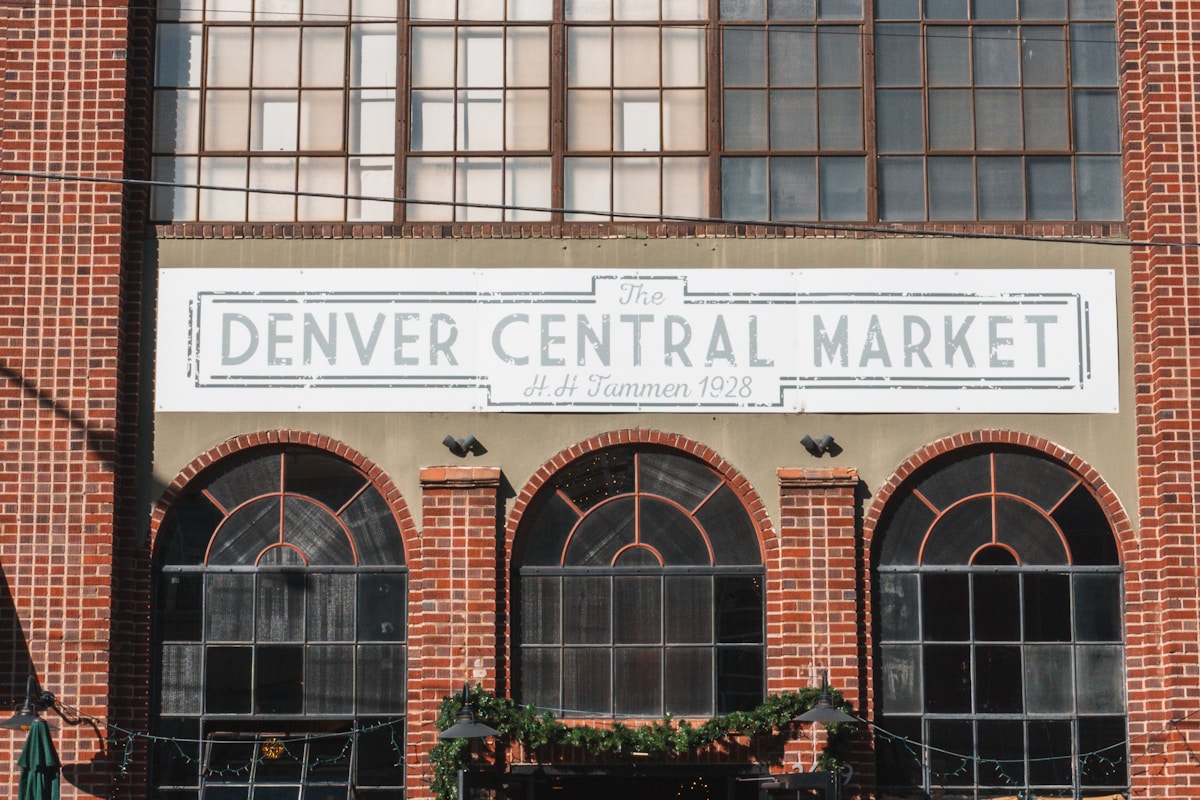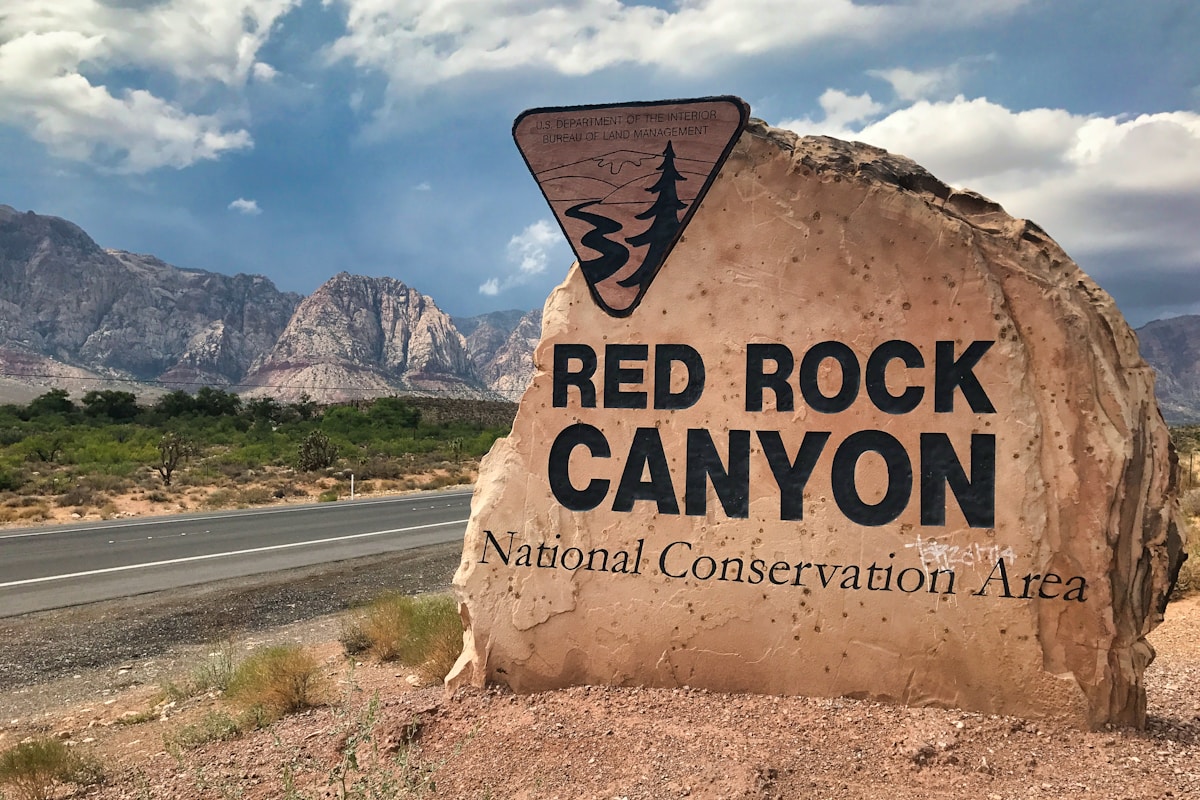In the Mile High City, you can observe a futuristic retelling of the Indigenous people’s most successful uprising against the colonizing powers in North America. At the History Colorado Center in Denver, this exhibit showcases a blend of science fiction, ancestral history, photography, and newly augmented reality. The exhibit is visually stunning, bringing us simultaneously using the concept of “slipstream” to the years 2180, 1680, and now.
Who Were the Puebloans?
The ancestral Puebloans, originally known as the Anasazi, were indigenous Americans who resided in the Southwestern United States (New Mexico, Arizona, Texas, and Colorado). They consist of several different subgroups that share common practices in religion, locally sourced materials, linguistics, and agricultural means.
The term Pueblo was given to them by the Spanish colonists who discovered their villages and structures made from a mix of different materials, which were composed of numerous rooms for the multi-family units.
The 1680 Pueblo Revolt
This uprising was against the Spanish colonizers in current-day New Mexico, who used extremely brutal and cruel methods along with controversial Spanish policies to rule. The indigenous people were required to provide tribute and services to the Spanish regarding labor and food. Conquered farmland was given to Spanish citizens. They were determined to replace the pagan religious beliefs of the native population with Christianity, with Franciscan missionaries converting entire Pueblo towns to which they were assigned.
Following a drought and famine, the governor sent orders that led to the detainment and imprisonment of numerous traditional healers or medicine men. They were only released after a large mob came to the capital demanding their freedom, and the provincial government acceded to their demands.
Gathering support from the neighboring pueblos, the Runners were messengers who delivered knotted strips of deer hide. One knot was removed for each day that passed, helping coordinate the different pueblos across long distances. The revolt was supposed to begin on the day of the final knot.
However, the Spanish captured the two runners (Omtua and Catua). This resulted in the revolt beginning a day earlier than planned. The revolt was still successful as Spanish settlements were destroyed, with the colonists being driven out of New Mexico.
Who Is Artist Virgil Ortiz?
A Cochiti Pueblo artist, his art mediums have been pottery, clothing, and various types of jewelry. The traditional patterns and designs of the indigenous people directly influence these items. His main focus in all of his work has been educating the globe on the 1680 revolt. This led to the creation of this additional art exhibit, which is usually not discussed in the historical society. He used his love of science fiction, specifically Star Wars, to help further demonstrate that he could blend both into one seamless adventure.
1680/2180: Runners + Gliders Exhibit

This exhibit educates and raises awareness of the significance of this historical event and its people. Although it is rarely mentioned in historical textbooks, it is agreed by all to be the most successful indigenous uprising in North America, spanning 12 years.
Bringing in a science fiction aspect of time dimensions and futuristic warriors to help appeal to a younger demographic audience. In this dystopian setting, the inspired new generation of indigenous Runners, known as Gliders, use advanced technology that uses camouflage and cloaking to relay messages to front-line warriors in different time periods while avoiding detection and capture. They do this through protected time portals scattered across the countryside.
The first thing you will notice when entering the exhibit is the display of life-size Recon Watchmen. These clay works show traditional indigenous design elements incorporated into their armor, dress, and face masks. World-renowned artist Virgil Ortiz uses themes of resistance to authoritative and oppressive figures (colonists) in this exhibit.



Moving past these figures to the main exhibit hall, you will see a mix of Puebloan pottery and figurines over 800 years old mixed in with the more recent artwork provided by Virgil. The low lighting along with the mix of both old and new Indigenous displays gives it that science fiction and mystical element that makes it a unique find.

Exhibit Projection Room


You will find a separate 3-walled projection room in the corner of the exhibit. Step inside, where colors shift along the wall displays with music playing in the background.
The symbols of the indigenous people projected on the floor make it feel like stepping through a time-traveling portal. Behind you on the walls, you can watch the short movie playing of the “Runners” as they traverse through the desert in search of artifacts pertaining to the native culture. The way it is all brought together really does give you the sense you are in the future.
Indigenous Augmented Reality


An Instagram filter provides augmented reality in the exhibit. There are QR codes in each plaque description of the artwork. When you scan using your camera, it will take you to the app and filter. Once you apply the filter over the piece of artwork, you can see effects such as colorful sparks lighting up and shifting images if you move the phone from left to right.
It’s an incredible new way to learn about a lesser-known part of American history and a particular indigenous people.
History Colorado Center
Once you are done here, explore the rest of the museum. There are plenty of other exhibits to give you an overall understanding on the history of Colorado. The “Denver A to Z” exhibit tells you what makes Denver the way it is with each letter showcasing a specific person, place, event, or period of time that made the Mile High City what it is.
Another Indigenous peoples exhibit is The Sand Creek Massacre, told from the perspectives of the Cheyenne and Arapaho. Before the details of what led to this tragic event, you can learn the culture and familial relationships of these two tribes. There are descriptions of famous tribal chiefs and the government and military representatives and what happened in the aftermath and the continued unresolved issues even today.
Lastly, learn about what it means to live in the West between the 1200’s to today. This contains archaeological finds of pottery and weaving to the affects the infamous 1930’s dustbowl had on Colorado and the American West, leading to long lasting affects on how we operate in land management and agriculture.
This is a great stop on any travel itinerary you have for Denver. It’s always good to learn about the locations you are traveling to and increase your knowledge.




